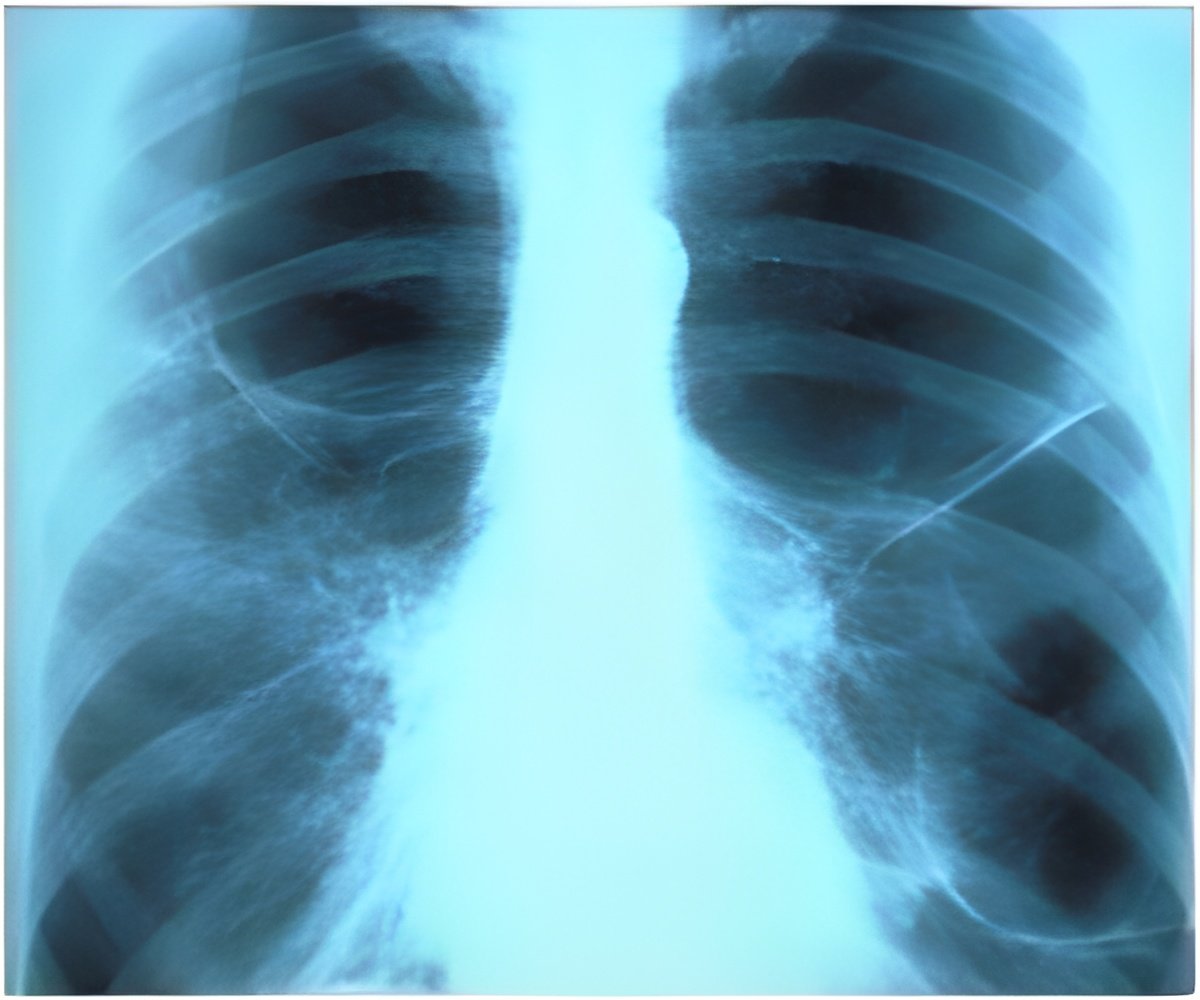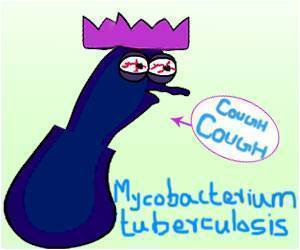
A microclimate of exceptionally dry air prevented the bodies and garments from rotting. In many cases, the individuals’ names and details about their death were available from records — making it a treasure trove for epidemiologists with valuable clues about how diseases spread in earlier times.
The researchers extracted samples from 26 of the Vac bodies with markers for TB infection. Eight yielded a sample good enough to enable genetic sequencing of Mycobacterium tuberculosis germs. What emerged is a tableau of a disease that fully lives up to its reputation in folklore.
TB was raging in 18th-century Europe, even before urbanization and crowded housing made it a killer on a much greater scale, the investigators found. M. tuberculosis was first described in 1882 by the German microbiologist Robert Koch. TB, or consumption as it was then called, killed one person in seven, Koch wrote.
"Microbiological analysis of samples from contemporary TB patients usually reports a single strain of tuberculosis per patient," said Mark Pallen of the University of Warwick medical school in central England, who led the new probe. "By contrast, five of the eight bodies in our study yielded more than one type of tuberculosis -- remarkably, from one individual, we obtained evidence of three distinct strains."
All the samples carried a genetic signature of a notorious tuberculosis strain called Lineage 4, which today accounts for more than a million TB cases every year in Europe and the Americas. By building a family tree of the germ, the team dated the bacterial ancestor to the late Roman period.
Advertisement
Other experts had suggested that it spread to humans tens of thousands of years ago.
Advertisement
Walled up and forgotten for about 150 years, the coffins were discovered when a construction worker tapped on a wall during renovation work 21 years ago. When he found the wall was hollow he removed a brick to investigate. Part of the wall gave way to reveal coffins, many decorated with skulls, stacked from floor to ceiling.
They were found to contain 265 mummified former denizens of Vac, from priests to ordinary townsfolk. Mummification may have been aided by wood chips placed in the bottom of the coffins, which absorbed bodily fluids, and natural anti-microbial agents in the pine resin in the coffins. The mummies are housed at the Hungarian Natural History Museum, which took part in the study.
Previous research, based on marks on the mummies’ bones left by TB infection, found that incidence of the disease in Vac surged from about 1760.
Source-AFP








